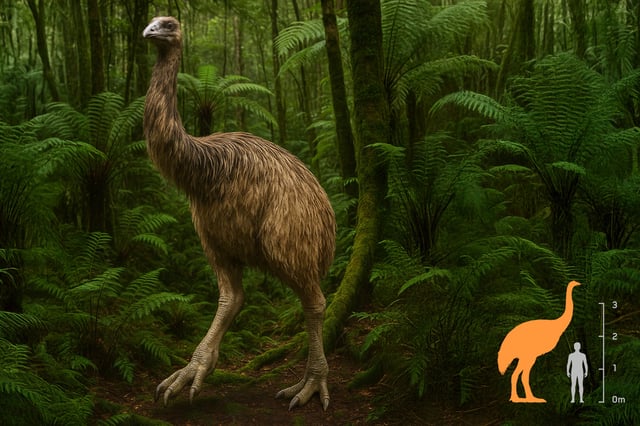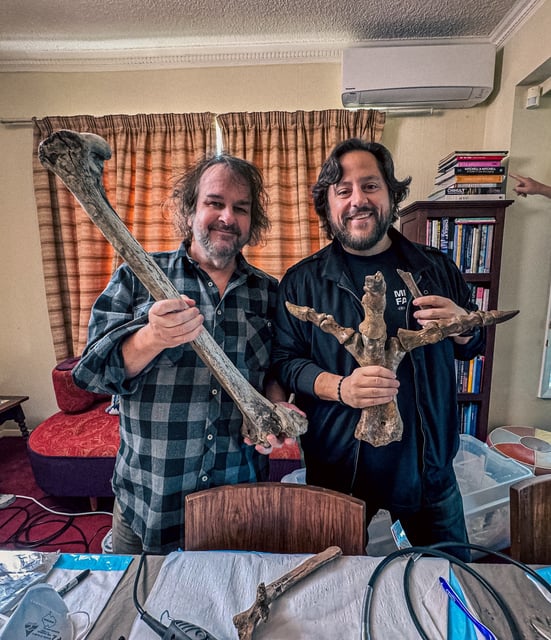Overview
- Colossal Biosciences and Ngāi Tahu Research Centre have collected DNA from over 60 moa bones and aim to complete first genome assemblies by summer 2026.
- Filmmaker Peter Jackson and partner Fran Walsh have invested $15 million and contributed a private collection of moa fossils to advance the Māori-led effort.
- Researchers are comparing ancient moa DNA with genomes of living tinamous and emu to identify traits for CRISPR-driven gene editing.
- Plans are underway to restore South Island ecosystems in preparation for reintroduced moa alongside existing native species.
- Project teams face technical hurdles in bird embryo editing and ongoing debates over species authenticity, ecosystem impact and broader Māori iwi consultation.


